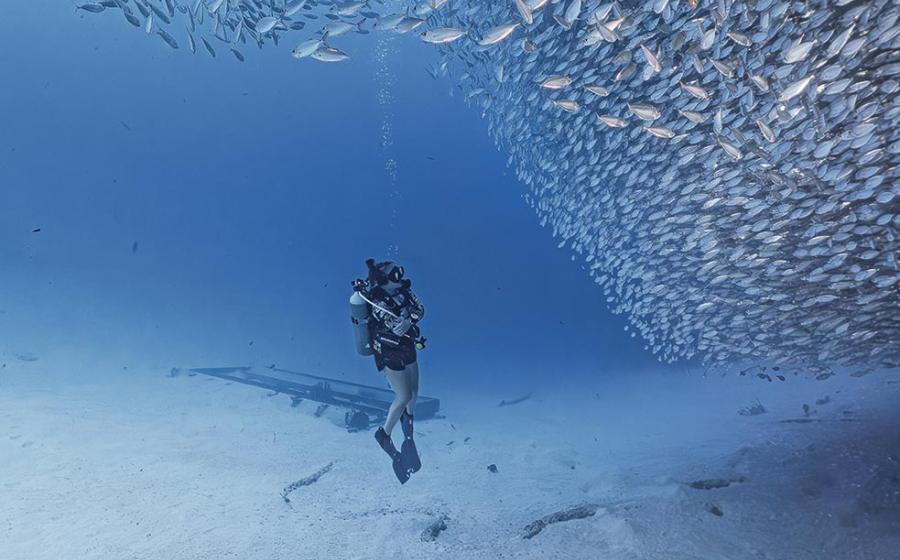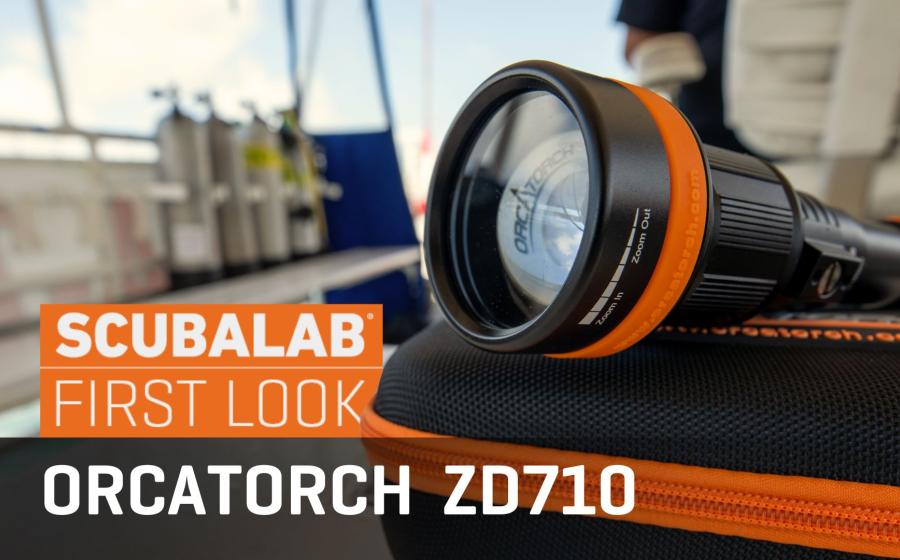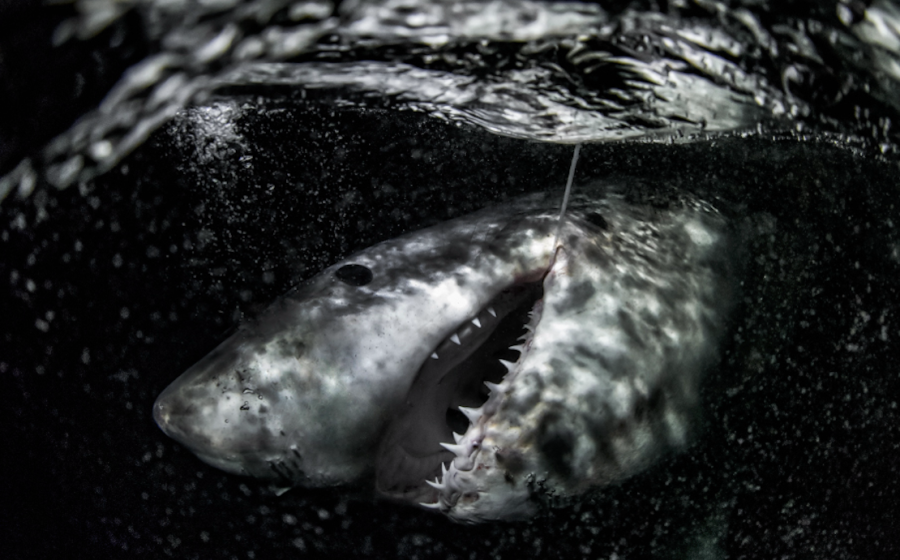13 Facts You Didn't Know About the Saltwater Crocodile
With impressive speed in the water and the animal kingdom’s most forceful bite, this scaly predator is a natural wonder.

Emily S. DamstraSaltwater crocodile.
1. The diet of saltwater crocodiles shifts from crustaceans and fishes when young to birds, sea turtles and mammals including water buffalo, monkeys and wild boars as adults.
2. The sex of developing hatchlings is dependent upon their incubation temperature. Warmer temperatures tend to produce males, while cooler temperatures produce females. The saltwater crocodile reaches sexual maturity at around 12 years of age and can live between 65 and 100 years.
3. The saltwater crocodile (Crocodylus porosus), also known as the estuarine crocodile, has a wide distribution in Indo-Pacific from Palau to Australia.
4. The saltwater crocodile has the highest bite force of any animal.
Related Reading: Dangerous Jobs: Diving With Alligators and Crocodiles

Eduardo Lysenko/iStock PhotoThe sex of developing hatchlings is dependent upon their incubation temperature.
5. Between 1974 and 2015, 21 people were killed by saltwater crocodiles in Australia’s Northern Territory, where they’re known as “salties.”
6. As adults, American crocodiles are active seagoers, and are often found around offshore islands and atolls.
7. There are 14 species of crocodiles alive today; the saltwater crocodile is the largest, reaching more than 23 feet in length. That’s only 1 foot shorter than the width of a soccer goal.
8. The saltwater crocodile can swim at speeds of 15 miles per hour, holding its limbs against its body to become more streamlined.
9. Female saltwater crocodiles build a large nest of rotting vegetation, adjacent to a body of water, where they lay up to 90 eggs.
Related Reading: Best Destinations to Dive With Big Animals

Rob Walls/AlamyThe diet of saltwater crocodiles shifts from crustaceans and fishes when young to birds, sea turtles and mammals as adults.
10. In the 1970s, the number of salties in Australia’s Northern Territory was reduced to 3,000 as a result of the skin trade. With protection, their numbers have recovered and have reached more than 150,000 adult individuals.
11. Thanks to a salt-excreting gland located under the tongue, the saltwater crocodile is able to survive in oceanic — and even hypersaline — water.
12. The saltwater crocodile has a valve at the back of its throat that allows it to open its mouth while breathing through its nostrils without ingesting water.
13. The saltwater crocodile communicates by emitting chirping and growling sounds. These help adults to convey reproductive and territorial signals.
Follow Richard Smith’s under water adventures at oceanrealmimages.com.










